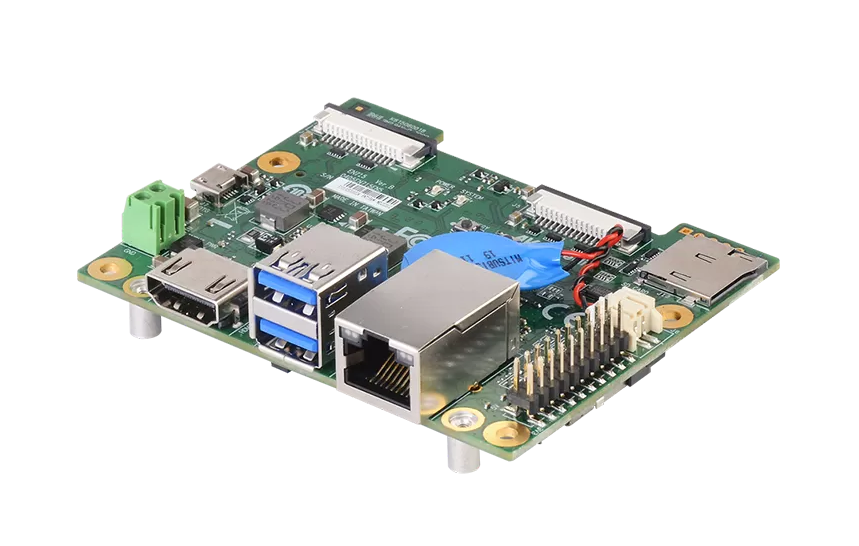Best Microcontroller Development Boards for Beginners and Hobbyists

Starting a journey in electronics and embedded systems can be exciting, but choosing the right microcontroller development board is often the first challenge. Whether you’re a beginner or a hobbyist, the right board sets the foundation for learning, experimentation, and building real-world projects. A microcontroller development board integrates a microcontroller chip with all the necessary components for programming and interfacing, allowing users to focus on creativity rather than circuit complexity.
Arduino Uno: Simple, Reliable, and Beginner-Friendly
The Arduino Uno is one of the most widely recommended boards for beginners. It’s based on the ATmega328P microcontroller and is known for its straightforward setup, vast online resources, and robust community support. Beginners can start programming it using the Arduino IDE, which is easy to install and learn. From blinking LEDs to building simple robots, the Arduino Uno can handle a wide range of beginner-level projects with ease. It also supports a wide variety of shields and accessories, making it flexible for expansions and upgrades.
Raspberry Pi Pico: Affordable Power with Flexibility
The Raspberry Pi Pico is an excellent choice for those who want a low-cost yet capable board to explore microcontroller programming. Powered by the RP2040 chip, it supports programming in both MicroPython and C/C++. This board stands out because it combines power with simplicity, making it perfect for beginners who want to dive deeper into coding and electronics. It also offers excellent performance with dual-core processing, which can be useful in more advanced projects later on.
ESP32: Built-in Wi-Fi and Bluetooth for IoT Projects
For hobbyists looking to explore wireless communication and Internet of Things (IoT) applications, the ESP32 development board is a strong candidate. It’s inexpensive, powerful, and comes with integrated Wi-Fi and Bluetooth, enabling remote control and data transfer. Beginners might find it slightly more complex than Arduino, but with the help of tutorials and libraries, it's very manageable. The ESP32 supports the Arduino IDE and other development platforms like PlatformIO, offering versatility in programming environments.
STM32 Blue Pill: Low-Cost Entry into ARM-Based Development
The STM32 Blue Pill is ideal for those who want to step into the world of ARM Cortex microcontrollers. It's a low-cost board featuring the STM32F103C8T6 microcontroller. While it may require a bit more setup compared to Arduino or Raspberry Pi Pico, it offers powerful hardware features such as faster clock speeds and more GPIO pins. Beginners interested in professional embedded systems or real-time applications can benefit from the learning curve this board offers.
Teensy 4.0: High Performance for Serious Hobbyists
Teensy 4.0 is designed for hobbyists who are comfortable with basic microcontroller concepts and want more processing power. It’s compact yet extremely fast, featuring an ARM Cortex-M7 processor running at 600 MHz. While not the best board for absolute beginners, it's perfect for those who have outgrown simpler boards and want to tackle projects that involve audio processing, complex sensor data, or real-time feedback systems. Teensy also supports the Arduino IDE, making the transition easier for those already familiar with that environment.
Choosing the Right Board for Your Needs
When selecting your first microcontroller board, consider your goals. Are you interested in automation, robotics, IoT, or sensor-based projects? The type of board you choose should match your interests and technical comfort level. Arduino is best for basic learning and prototyping, while ESP32 and Raspberry Pi Pico are great for connected and moderately complex projects. STM32 and Teensy cater to those who aim to explore higher-level applications or enter professional embedded development.
Conclusion
Choosing the best microcontroller development board depends on your experience level, project goals, and interest area. Start simple with user-friendly boards like Arduino Uno or Raspberry Pi Pico, and as your skills grow, move to more powerful boards like ESP32, STM32, or Teensy. Each board opens the door to new possibilities, offering a learning path that’s both rewarding and fun for beginners and hobbyists alike.







